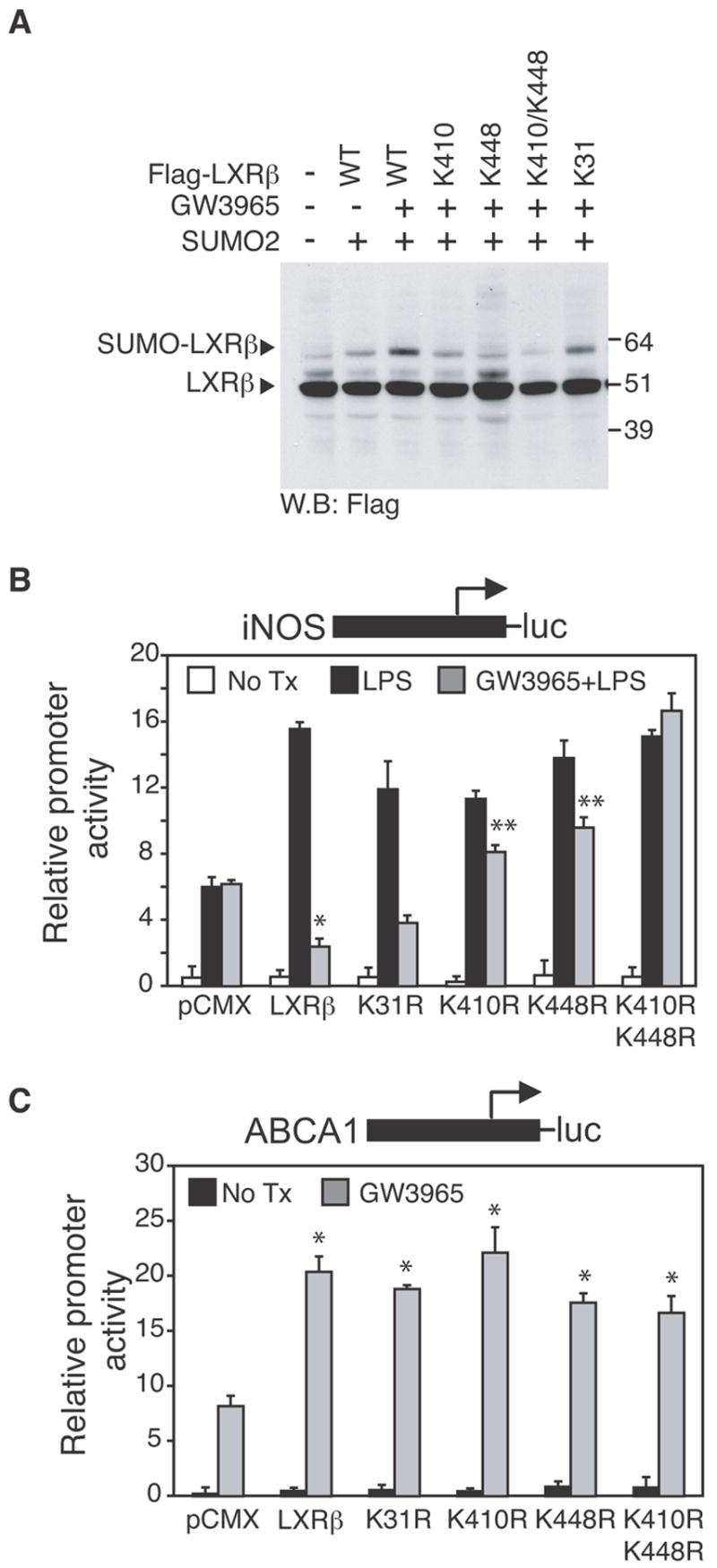Figure 4. Mutation of LXRβ SUMO acceptor sites abolishes transrepression but not transactivation activity.

A. SUMOylation of LXRβ occurs at K410 and K448, but not at K31, as demonstrated by SUMOylation assay (performed as described in Fig 3A) in HeLa cells transfected with WT FLAG-LXRβ or FLAG-mutants K31, K410, K448 or double mutants K410/K448 as indicated. B,C. LXRβ K410 and K448 are required for transrepression but not for transactivation. RAW264.7 cells were transfected with iNOS-luc (B) or ABCA1-luc (C) reporter plasmids and with an expression vector for LXRβ wild type or mutated in K31, K410, K448 or K410/K448 as indicated. 24h after transfection, cells were treated with DMSO (white bars) or with LPS (1μg/ml) for 12h in the absence (black bars) or presence of LXR ligand (GW3965, 1μM, grey bars). Results are expressed as average of three independent experiments. Error bars represent standard deviations. (B) * p < 0.01 vs LPS; **p < 0.05 vs GW3965+LPS+ LXRβ wild type. (C) * p < 0.03 vs pCMX.
